

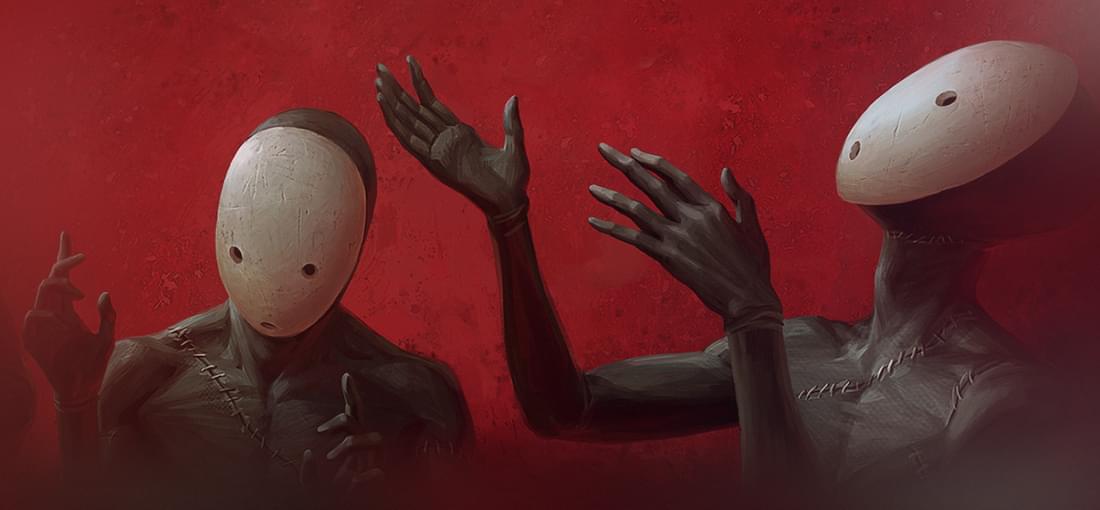
Pathologic 2 is a story-driven survival game that never holds your hand. It is an open world game set in a bizarre town where you must try to solve an ongoing plague. It is one of the most dynamic narratives in gaming, and the quest design is so unforgiving as things never wait on you, anyone can die at any moment just about, and you really have to use your own intuition and create your own strategy for dealing with the problems at hand. In this regard, it is most reminiscent of the first two Fallouts as far as quest design goes, though without the heavy role-playing element. This game is not only riveting for its immersive world, but also its art design and soundtrack. It has some lack of polish; it runs terribly on a Ryzen 9 3900X and GeForce RTX 3090 on higher settings and AI is buggy, but that's all easy to look past. Pathologic 2 is refreshingly original, thoughtful and artistic.
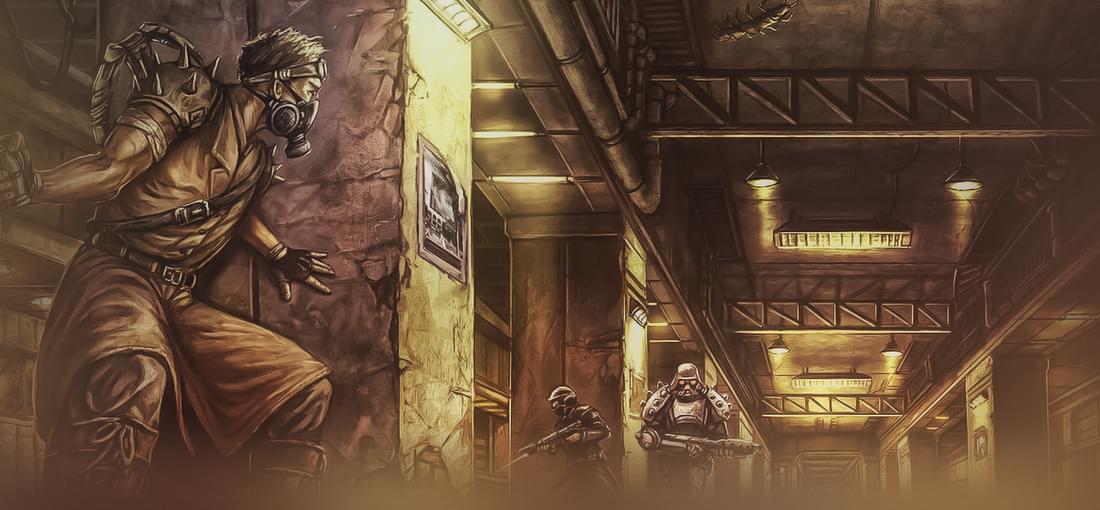
This game comes closer to the greatness of some of the classic cRPGs, but isn't quite there. Those saying it's on the level of Fallout 2 are absolutely delusional; while it offers more from a combat perspective, the world building is extremely shallow in comparison as Underrail only has the bare minimum here, and the role-playing potential is not even in the same galaxy as Fallout 2. It's obvious once you get going; this is a game about punishing combat and multiple character builds, while Fallout is about satire and role-playing. Therefore, Underrail is not very well rounded, and while it succeeds at character build diversity, its gameplay remains very flawed. The difficulty is not a problem, that aspect is refreshing. It has flawed ruleset logic, having both Dexterity and Ability which are conceptually redundant, Dodge and Evasion are also conceptually redundant, so there's both ability score bloat and skill bloat. Having Crossbows be its own skill is questionable as well. The 4 turn limitation on combat utilities is unbalanced. The balance of the game also just blatantly favors stealth builds. You can't target mines with guns. Throwing combat utilities has inadequate visual cues to help guide your throw. AI is broken, which can result in very long AI turns and PC pathfinding is also broken. Weapon balance isn't great, some guns are completely useless. Underrail also really lacks polish. It uses 1990s technology and looks like it, and even runs like unpatched 90s cRPGs! Every patch version of the game crashes on different clean Windows 10 installations I've tried it on. Does this game expect you to be using Windows XP? Many modern day cRPG developers copy the bad things about classic cRPGs (technology and in this case stability...) rather than only copying the good (quest design, writing, role-playing, gameplay design) while benefitting from modern technology. Underrail is the former.
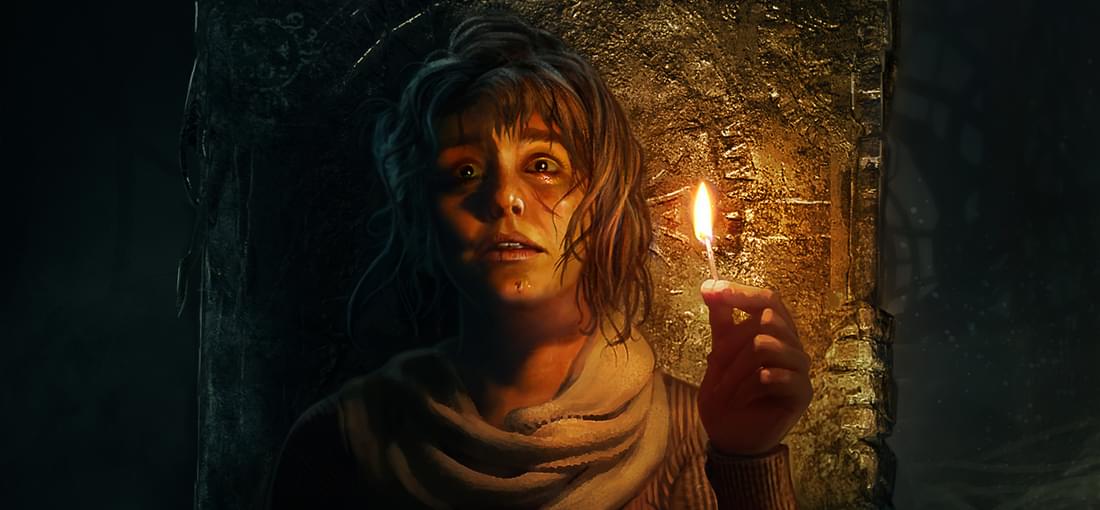
But at least they tried, and the game is not a ripoff and has mod support. They simply missed the mark, it happens. Like every other title by Frictional Games, Amnesia: Rebirth is a first person horror game, story driven and casual in its gameplay (no emphasis on survival horror in any of their games, especially this one and SOMA). It is a sequel to the blockbuster hit Amnesia: The Dark Descent. Frictional always succeeds most in atmosphere, story, and interesting historical references in the plot. All of these are weak in this game, especially the story. Strengths: - Good enemy design, detailed and intense - Exceptional sound quality - Interesting setting and art design - Strongly physics enabled world as usual for Frictional Games Weaknesses: - Excessive voice acting for the protagonist – every event has a voice acted reaction from the protagonist, not fitting for a first person game and almost robs you of your own reactions - Writing is rather weak, the game relies too much on the protagonist simply having a family, being in grief, and being pregnant, and world building isn’t the strongest - Technologically out of date, even having a 60 FPS cap in 2020 - Battling the darkness gets a bit repetitive - The “puzzle” gameplay is also very mild, gameplay in general is not very involved beyond lighting the environment for the majority of the game. This wouldn’t be a problem if it was less repetitive and had a strong story like SOMA. - Can’t disable the crosshair without editing a script file, even though the game doesn’t need a crosshair at all since you’re not pointing and shooting at things - Perhaps should have had more enemy types - Doesn’t appear to have autosaves, only saving upon exiting, so if you have a loss of power or PC instability then you may lose a lot of progress - Not so much a weakness as it is a missed opportunity, but VR would have been perfect for this game
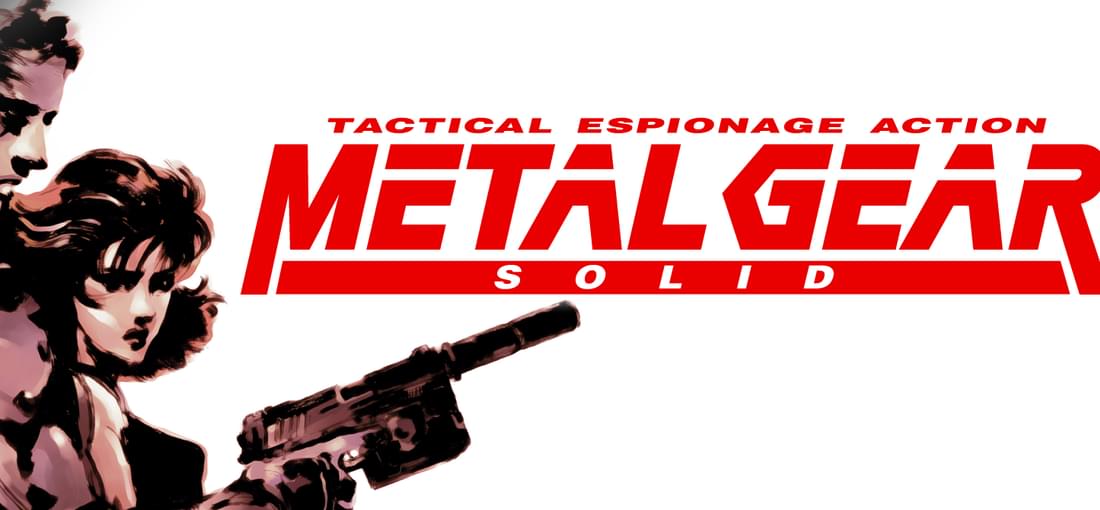
Metal Gear Solid suffered from being a PlayStation game, really limiting what it was capable of being. Don't forget Thief came out around this time, and Metal Gear Solid is just archaic in comparison. There are some nice attention to details in Metal Gear Solid like being able to stuff bodies into lockers, but for the most part this is a very linear stealth game where you're limited to just running around and taking cover out in the open, somewhat taking after the old top down Metal Gears but compare that to a real masterpiece like Thief with so many more nooks and crannies to hide in, where you have to be so mindful of noise and light/darkness, none of that applies here. Aside from lockers and doors and such, the environment is static due to console limitations hence why they had to give you the ability to knock on walls and an empty magazine item to use as distractions, while in better stealth games you can just interact with anything not bolted down. Metal Gear Solid is also another Japanese classic with weird, clunky controls, so it doesn't feel good to play both due to the aforementioned mechanical weaknesses as well as the way it feels and controls. Level design isn't just functionally limited as I mentioned before but it's also sorely lacking in variety, but that's just the nature of the game being set in one location. Corridors all day long. The narrative design is another weakness of this franchise, though not nearly as much as the gameplay. This game is inspired by Apocalypse Now with the expected weird Japanese anime influence, though not as much as its sequels which get utterly ridiculous and inconsistent. They're all about cutscenes and overly cinematic narrative style, not using the interactivity of gaming to its advantage. If you want a government espionage stealth game, just play Deus Ex. Even Human Revolution and Mankind Divided trounce any MGS game.
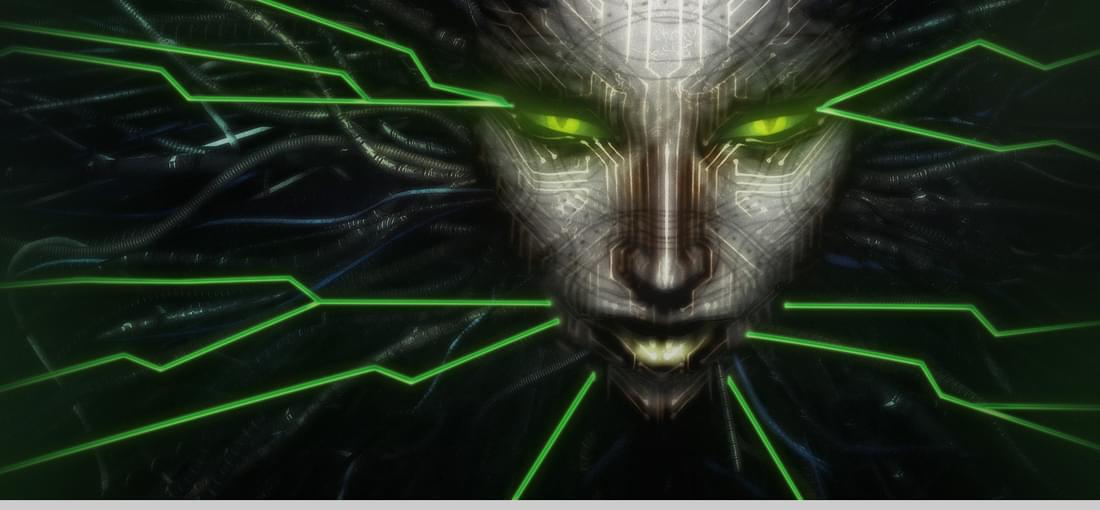
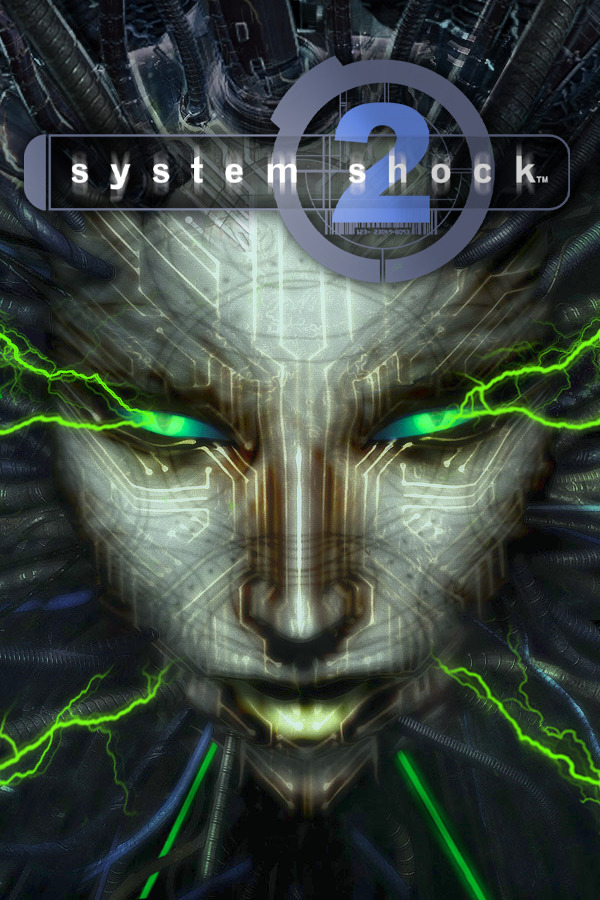
Whether talking System Shock, BioShock, or PreyShock, this one remains supreme and probably always will. The best RPG inspired gameplay for this type of game, the most detailed and interactive level design, the best writing and narrative design of the Shock games, the best enemy design, the best weapon and powers design by far, the best character progression, the best balanced difficulty modes, the best sound design, the list goes on. This game is so rich in gameplay content and thematic content that it overwhelms lots of modern day gamers despite how well designed it and its tutorials are. This game really has everything going for it. Some mild mods are recommended to get the most out of this game, even for first timers. I won't link them since Steam tends to remove third party links now, but check out systemshock.org and follow the "SS2 Newbie Modding Guide" first, then install "SS2 Rebalanced Skills and Disciplines" and finally "SS2 Alarming Cameras (SCP Minimod)". Feel free to check out others as well.
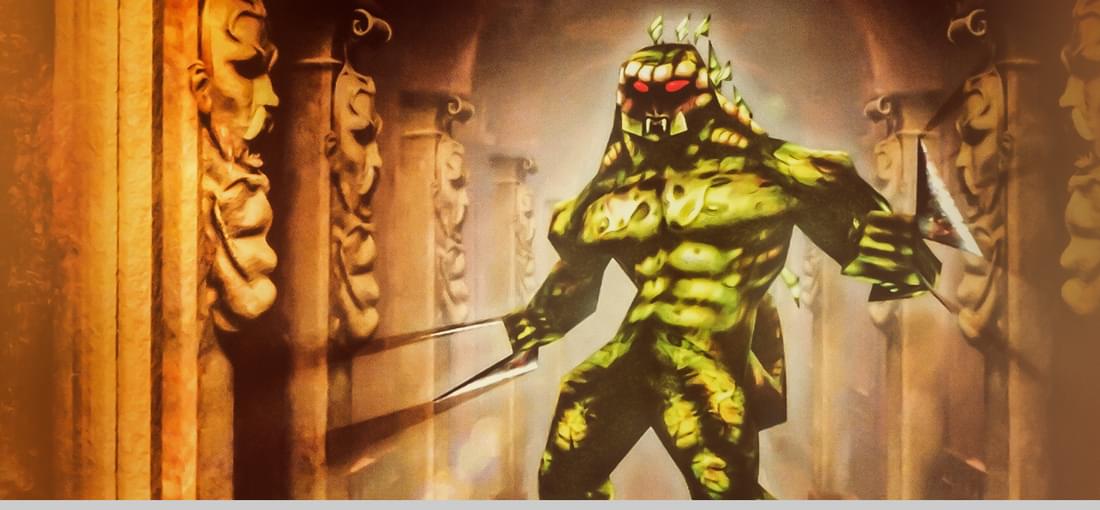

Unreal Gold is a master of all trades. Its level design diversity (both functional and artistic), enemy diversity, weapon design (skill curve, usefulness, attention to detail, cleverness), AI are all the best this genre has ever seen. The soundtrack is awesome and with Unreal Gold you get a 20+ hour main campaign and a 10 hour expansion. The only downside to this game is that it isn't really playable on modern systems out of the gates, but that's not a real issue. Install OldUnreal 227i, Unreal Evolution, UnrealHD v2.1, and OldUnreal 227i v3 texture pack, and then you're good to go. You will experience the very best of Unreal this way. It is weird how it got overlooked by Unreal Tournament and even Half-Life, since this accomplishes more than any Half-Life, any DOOM, any Quake, any Wolfenstein, any Turok, any power fantasy single player FPS in existence.

This is Turok 2 on Nightdive's 64-bit Kex engine. The engine change has some downsides: some new bugs exist that weren't in the original, but they're minor. Let me get right into the big controversies with this remaster (although nobody seems to have made a big deal about them, not many of us OG Turok players left apparently): - You move faster now and can climb ledges. This enables shortcuts that were impossible in the original: on level 3, you can get to the Sacred Eagle feather much earlier now just by jumping. On level 4, you can get to the true warp portal much earlier due to a jump that was impossible to make in the original. And some minor pickups here and there on levels 3, 4, and 6 can now be accessed just by jumping there instead of finding the correct path. - Level 1 unhides one of the distress beacon switches. It also has a subjectively redesigned area made to look more visually impressive. - It removes one enemy: the Skimmer on Lair of the Blind Ones level. In the original it only appears in the pit that leads to the Primagen Key so not a ton is lost. The engine improvements and moddability still make this version the one to play though, no doubt. As for Turok 2 itself, it showcases some of the most genius level design in FPS history. There aren't many I would put on the same level. Certainly NOT Doom. When it comes to secrets, Turok 2 and Serious Sam: The Second Encounter are the most ingenious I've found in the FPS genre. Turok 2 is also famous for its creative weapon design, most notably the Cerebral Bore but its arsenal of 3 melee weapons, 15 guns, and 1 grenadelike weapon is very well balanced and fun to use. It also has the most types of enemies of any FPS game I know of at 32 (33 in the original) not counting the turrets (although still overall less diverse than games like Serious Sam and Doom which have flying enemies and other fundamentally different ones). While not a perfect remaster, both this and the first game are must plays.
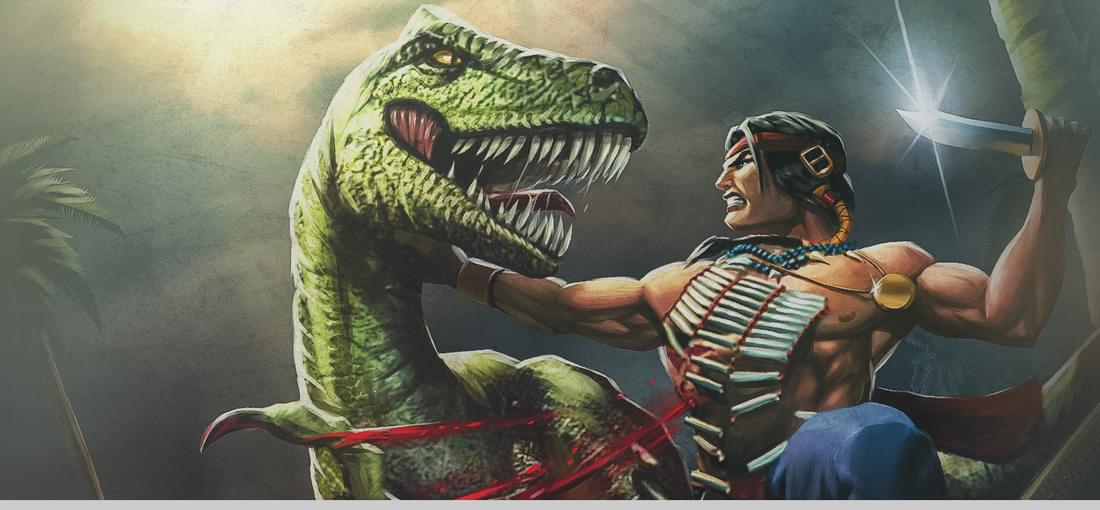
This series was my childhood. As a remaster, this makes all the necessary improvements and will run on any configuration and resolution although the engine doesn't go above 60 FPS. You get to choose the console soundtrack or the higher quality but different PC one, OpenAL was kept as the sound API so you get nice 3D HRTF which is very nice in surround sound. All the cheats were kept the same. You can of course aim properly now in this remaster which is such a relief. There are a few controversial changes to level design though, but they're pretty minor. The first instance is on the very first level regarding the second key: it is hidden in the original game, but here it resides in an entirely newly designed area out in the open, and only the auto shotgun remains similarly hidden. The other level design layout change is on level 4; the room containing the frozen creatures is no longer hidden, instead sitting out in the open. Both changes were clearly designed to make the game easier, no doubt because in their playtesting too many players failed to find these crucial elements which would lead to them being stuck. To me, someone whose favorite games growing up were Turok 1 and 2 back when they were new, this is not a big deal since it's exclusive to these two instances. All Chronoscepter pieces are in the same place. Ultimately, this is the only way to play Turok. As for Turok itself as a game? It is a distinct mix of FPS and platforming, solid in both regards thanks to a diverse selection of weapons with some really cool sci-fi ones, and tricky platforming in your early playthroughs. The AI is outdated compared to great PC FPS games but it makes up for it in difficulty on higher modes.

This and the newly released Tyrants of the Moonsea are two formerly cancelled premium modules for Neverwinter Nights that were expanded on and released in full for Enhanced Edition. The wait was worthwhile as Ossian Studios clearly put a lot into both of these premium modules to the point where they clearly surpass all others! With intriguing encounters, awesome combat, a thoroughly entertaining plot, an awesome soundtrack, and a length of around 25 hours, Darkness Over Daggerford really succeeds on pretty much every level. At this point it is hard to say which module is Ossian's best, since they have proven to be really good at designing them (NWN 2 Mysteries of Westgate is also outstanding). But the ambition behind Darkness Over Daggerford is particularly impressive.
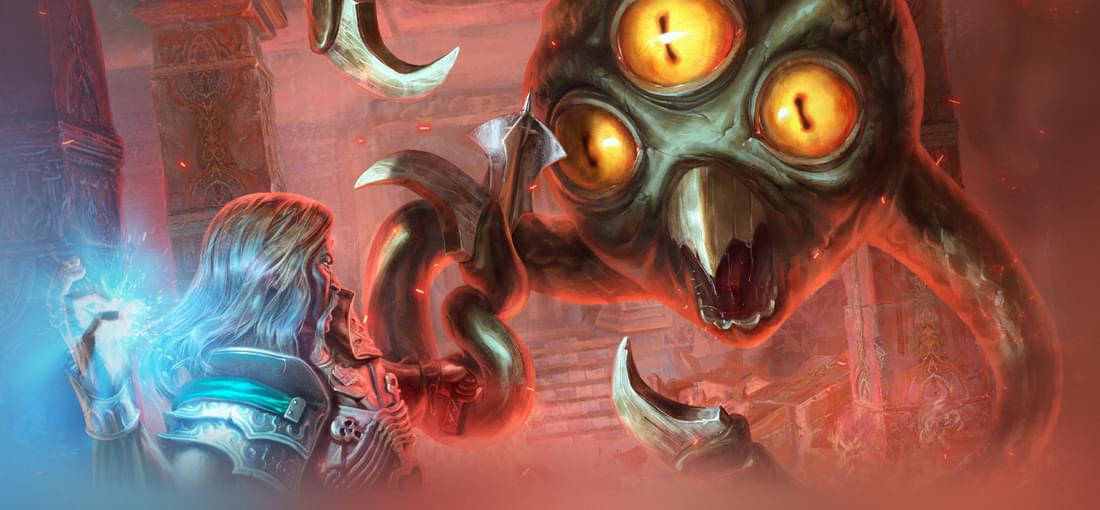
This and Darkness Over Daggerford are easily the top two best premium modules for NWN, and they are exclusive to Enhanced Edition. Ossian Studios never disappoints! This is from the same creator as Siege of Shadowdale and Crimson Tides of Tethyr (and references the latter and Darkness Over Daggerford), and it surpasses both of those and the added production value from Ossian is really evident in this one. You explore so many of the most famous and infamous places in the Moonsea including Zhentil Keep itself. It is packed with Forgotten Realms lore and exquisite attention to detail, making it a real breath of fresh air. It's a fairly high level campaign that, like Darkness Over Daggerford, is one of the longer premium modules at 20 hours or more. Like Crimson Tides of Tethyr it is full of twists and plot elements that make you realize you are not the biggest fish in the sea. It still has its cliche moments and doesn't have the most role-playing ever, but it is still an awesome experience that never becomes too repetitive. Not only do this and Darkness Over Daggerford surpass the other premium modules, I easily rank both above the original campaign.